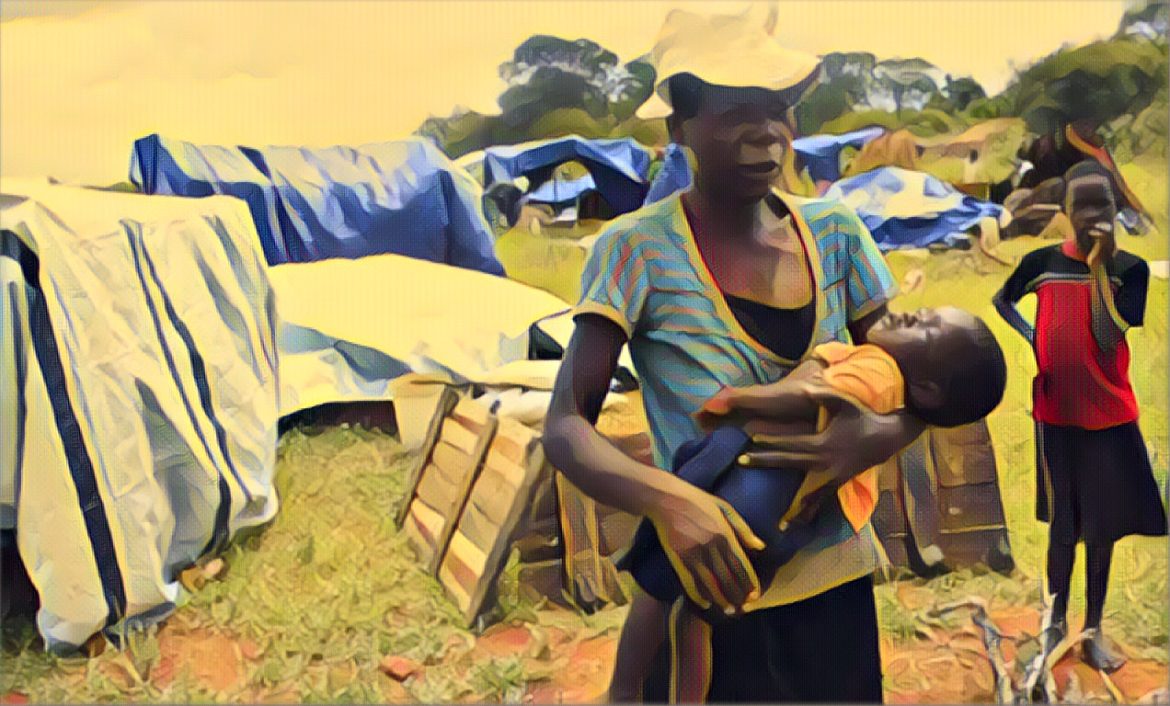In Budiriro, a suburb of Harare, Zimbabwe, the recent flash floods have left numerous families without shelter or aid, highlighting the government’s struggle to address recurring natural disasters effectively. While the government has provided accommodation for 27 families affected by floods two years ago, the victims of the current flash floods find themselves in a dire situation, with no immediate relief in sight.
The situation in Budiriro has become increasingly dire following the continuous rains that have battered the city and other areas across Zimbabwe. The affected families, including those previously identified during the floods two years ago, are now facing compounded challenges.
According to a report by Newsday, Local Government Minister Winston Chitando’s recent tour revealed plans to house the 27 families in Dzivarasekwa flats, yet this assistance does not extend to the newest victims of the ongoing flooding. This gap in aid highlights the government’s difficulty in responding to the immediate needs of its citizens amidst natural disasters.
The crisis is exacerbated by a combination of factors, including illegal land allocations on wetlands and a lack of effective urban planning. Charles Tavengwa, Minister of State for Harare Metropolitan Province, acknowledged the need for a more structured approach, stating that illegal structures on wetlands would be demolished to prevent further disasters.
Residents like Susan Mlambo Chaputika, who moved to Budiriro in 2015, have repeatedly raised concerns about the area’s susceptibility to flooding. “We’ve been alerting the authorities since 2016, but there’s been little action,” Chaputika said.
As the rains continue, the City of Harare, in partnership with the Department of Civil Protection, has set up evacuation centers. However, for many residents, these measures are too little, too late. The lack of comprehensive and timely government response has left many in a state of uncertainty and vulnerability.


